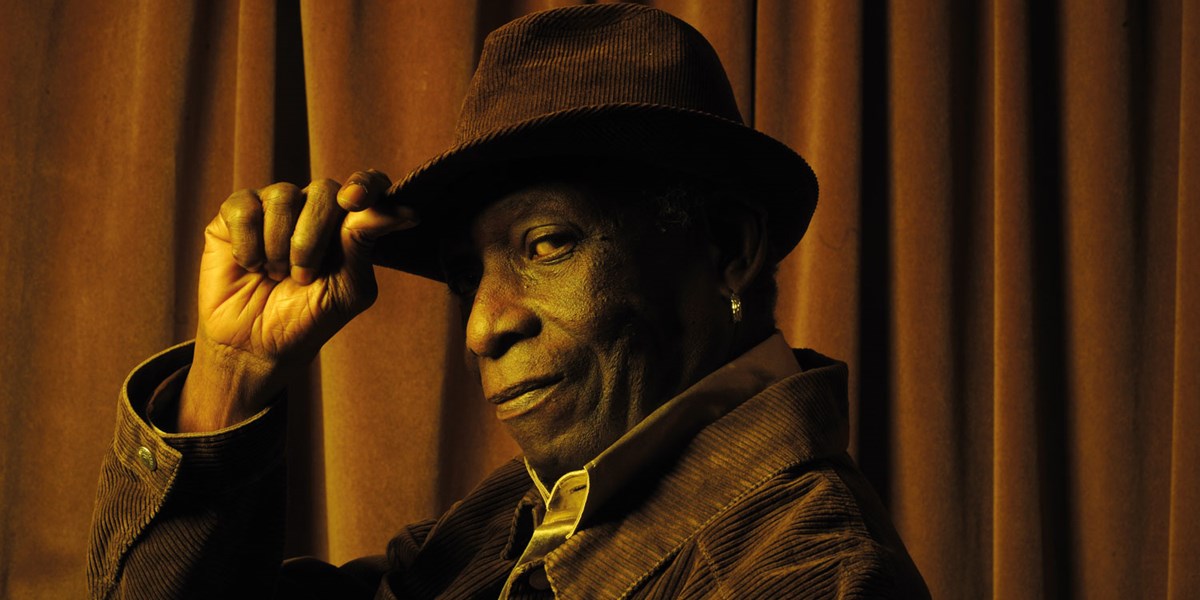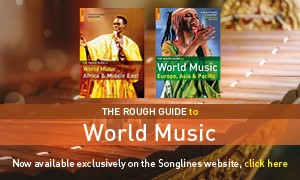Thursday, May 15, 2025
Remembering Tony Allen: “His sound was so beautiful, so sensual, so chic, that it stood out immediately”
By Daniel Brown
Daniel Brown looks at the astonishing legacy of pioneering Nigerian drummer Tony Allen, and how the rhythms he left behind continue to innovate and inspire

Tony Allen

Register now to continue reading

Thanks for visiting the Songlines website, your guide to an extraordinary world of music and culture. Sign up for a free account now to enjoy:
- Free access to 2 subscriber-only articles and album reviews every month
- Unlimited access to our news and awards pages
- Our regular email newsletters

